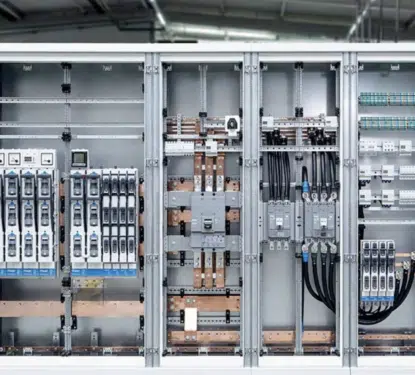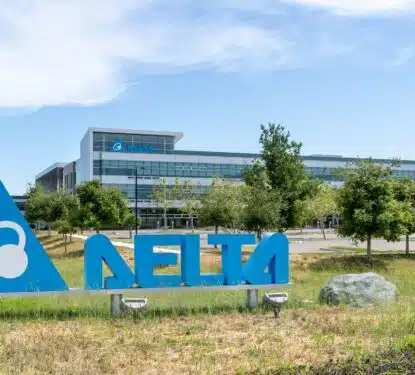You can’t truly develop an industry without being able to define it. That has been the struggle of the smart buildings industry over the last decade or more, which is still unable to offer a truly standardised definition of what “smart” is. Without a proper definition, almost any building upgrade can be called smart for sales and marketing purposes. And, when those upgrades fail to deliver the expansive and futuristic benefits that the wider smart buildings industry promises, the customers lose faith in the technology, which undermines the entire industry. “The debate has raged on as to what constitutes a smart building and it will show no sign of stopping if we continue down the path we’re currently on,” says Karl Walker market development manager at Beckhoff Automation. “Various clients will have an idea of what smart means to them, but will not be sure, others will say their building is smart as long as […]
Most Popular Articles

Hager Group’s Energy Management Software Expansion: 15 Years of Acquisitions Analyzed
This Research Note examines Hager Group, the German supplier of electrical distribution products for residential applications, which has extended its business focus to commercial buildings. We comment on its recent inorganic growth strategy in energy management software and services, before analyzing the impact of their acquisitions since 2010. Hager Group Profile Hager Group is a […]

Delta Electronics Building Automation: Key Insights in 2025
In this Research Note, we examine the building automation business of Delta Electronics, a Taiwanese public company. We review the current brand offerings, financial highlights, a recent significant deployment, and provide a Memoori view of this second-tier player, building on our coverage of their strategy last year. Building Automation Brands The building automation business has […]

Securitas Technology Achieves $5.7B Revenue Accounting for 33% of Group 2024
This Research Note examines the electronic security business of Securitas, rebranded as Securitas Technology, based on investor presentations and their 2024 annual report. This article highlights the financial performance and progress of the business in integrating the STANLEY Security acquisition and repositioning the group as a technology-based supplier of integrated solutions in higher growth markets. […]
